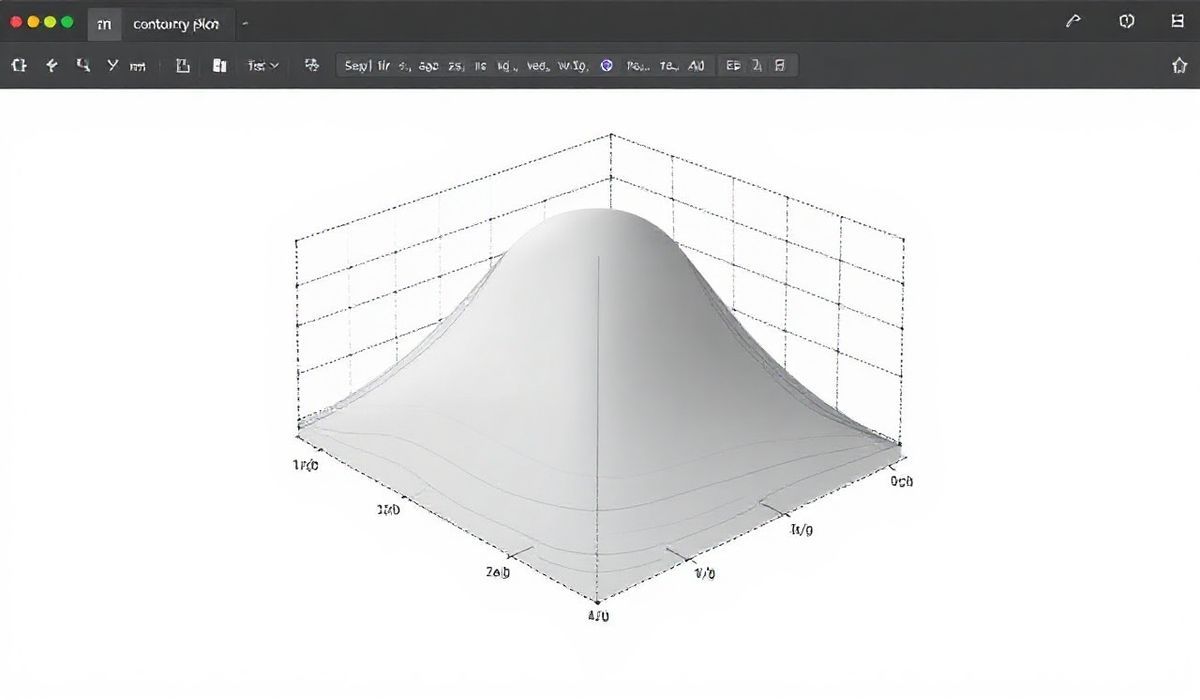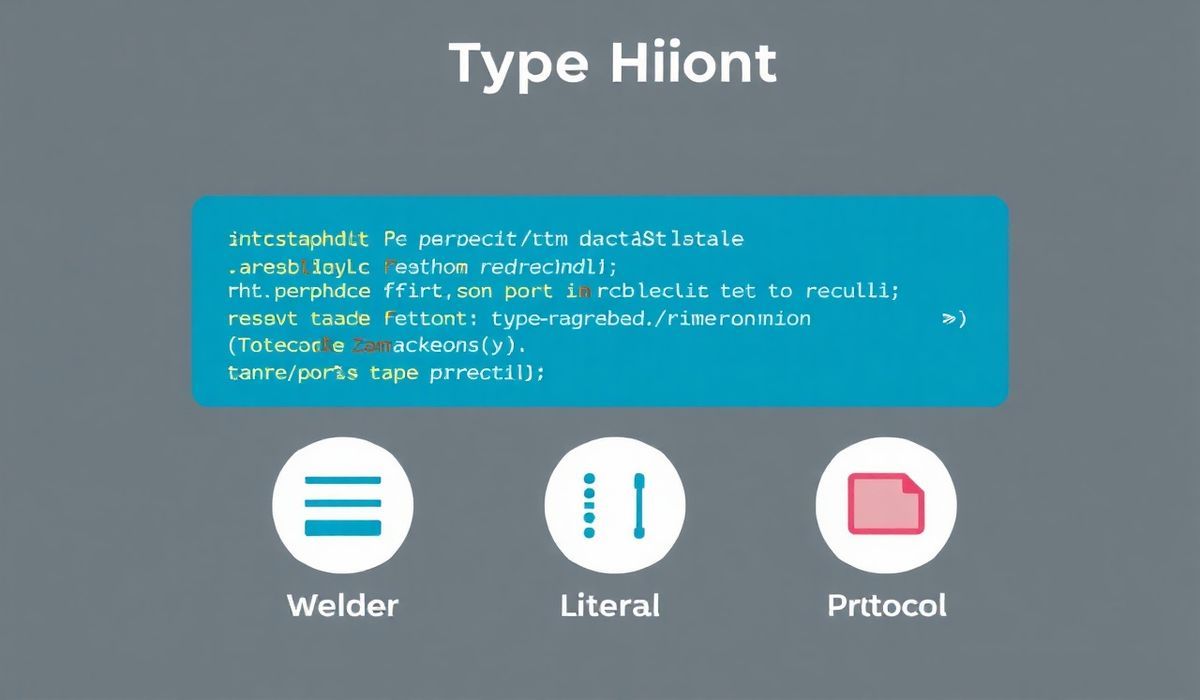Introduction to Grafana Dashgen
Grafana Dashgen is a powerful tool designed to help you create and manage Grafana dashboards with ease. This guide aims to provide you with an extensive overview of the Grafana Dashgen APIs, complete with code snippets and examples to help you get started.
API Examples
Fetching Dashboards
To fetch existing dashboards, you can use the getDashboards API.
const dashboards = await dashgen.getDashboards();
console.log(dashboards);
Creating a Dashboard
Use the createDashboard API to create a new dashboard.
const newDashboard = {
title: 'New Dashboard',
panels: []
};
const result = await dashgen.createDashboard(newDashboard);
console.log(result);
Updating a Dashboard
To update an existing dashboard, the updateDashboard API can be used.
const updatedDashboard = {
id: 'dashboard_id',
title: 'Updated Dashboard Title'
};
const result = await dashgen.updateDashboard(updatedDashboard);
console.log(result);
Deleting a Dashboard
Use the deleteDashboard API to remove a dashboard.
const dashboardId = 'dashboard_id_to_delete';
const result = await dashgen.deleteDashboard(dashboardId);
console.log(result);
Adding a Panel to a Dashboard
The addPanel API is used to add a new panel to an existing dashboard.
const newPanel = {
type: 'graph',
title: 'New Panel'
};
const result = await dashgen.addPanel(dashboardId, newPanel);
console.log(result);
Updating a Panel
To update a panel within a dashboard, use the updatePanel API.
const updatedPanel = {
id: 'existing_panel_id',
title: 'Updated Panel Title'
};
const result = await dashgen.updatePanel(dashboardId, updatedPanel);
console.log(result);
Deleting a Panel
To remove a panel from a dashboard, use the deletePanel API.
const panelId = 'panel_id_to_delete';
const result = await dashgen.deletePanel(dashboardId, panelId);
console.log(result);
Application Example
Below is an example of an application that creates a dashboard, adds a panel to it, updates the panel, and then deletes the dashboard:
async function manageDashboards() {
// Create a new dashboard
const newDashboard = {
title: 'Example Dashboard',
panels: []
};
const dashboard = await dashgen.createDashboard(newDashboard);
console.log('Created Dashboard:', dashboard);
// Add a panel to the dashboard
const newPanel = {
type: 'graph',
title: 'Example Panel'
};
const panel = await dashgen.addPanel(dashboard.id, newPanel);
console.log('Added Panel:', panel);
// Update the panel
const updatedPanel = {
id: panel.id,
title: 'Updated Panel Title'
};
await dashgen.updatePanel(dashboard.id, updatedPanel);
console.log('Updated Panel:', updatedPanel);
// Delete the dashboard
await dashgen.deleteDashboard(dashboard.id);
console.log('Deleted Dashboard');
}
manageDashboards();
With these APIs and examples, you should be able to effectively manage your Grafana dashboards using Grafana Dashgen.
Hash: b7e1bec99046ef553c28d38bfa0bb7943f6b39413f6704f1c6d1245ccdb95a35




